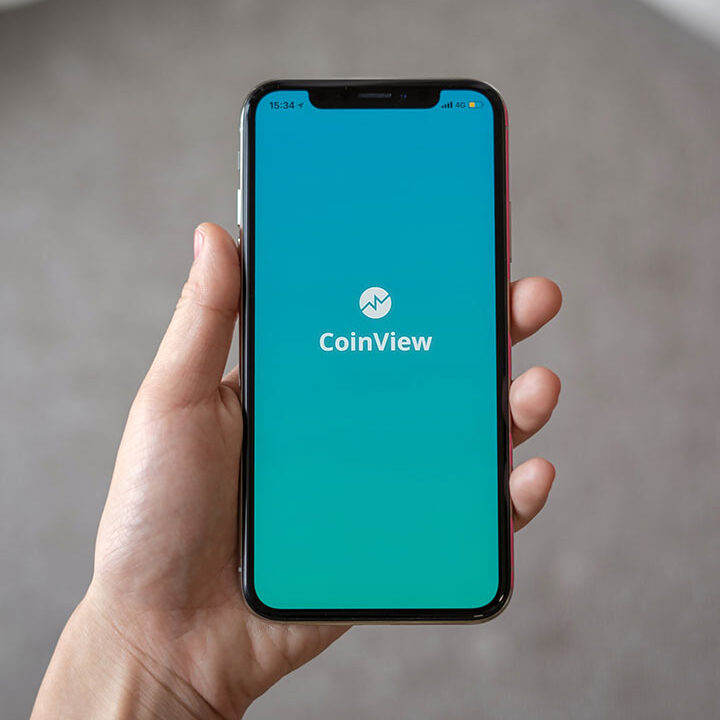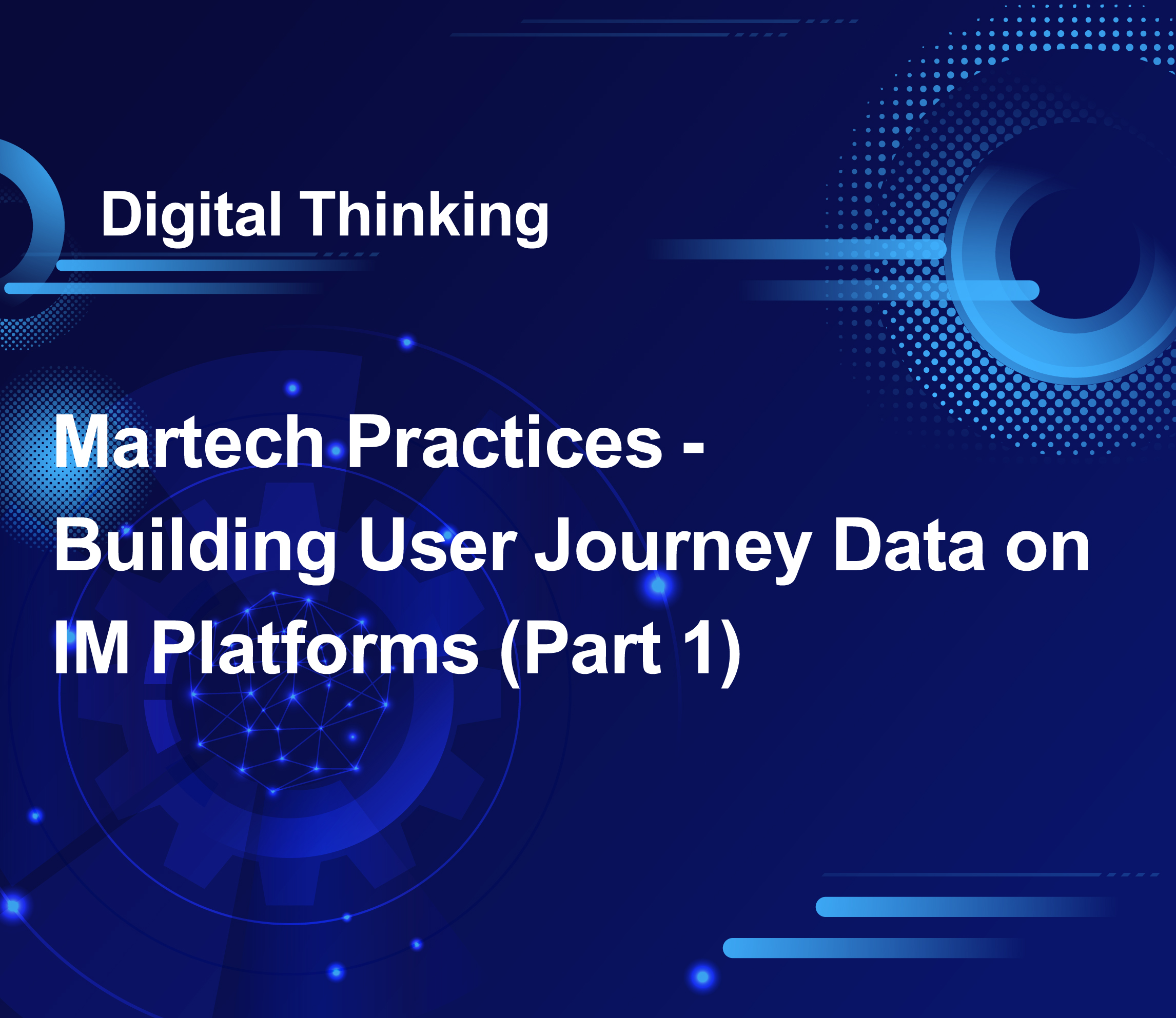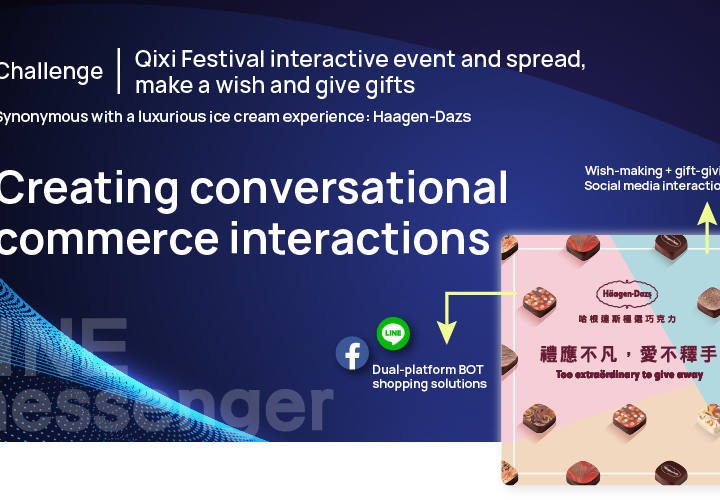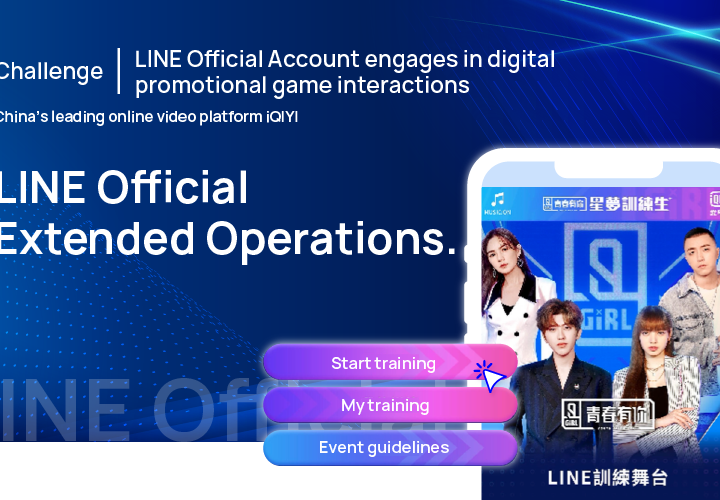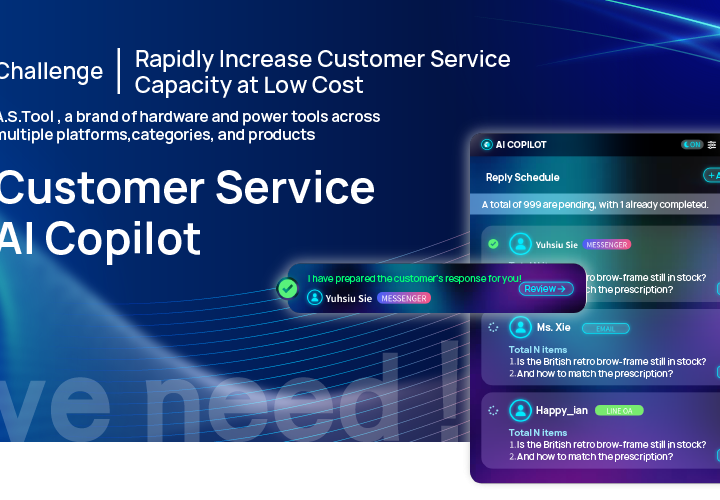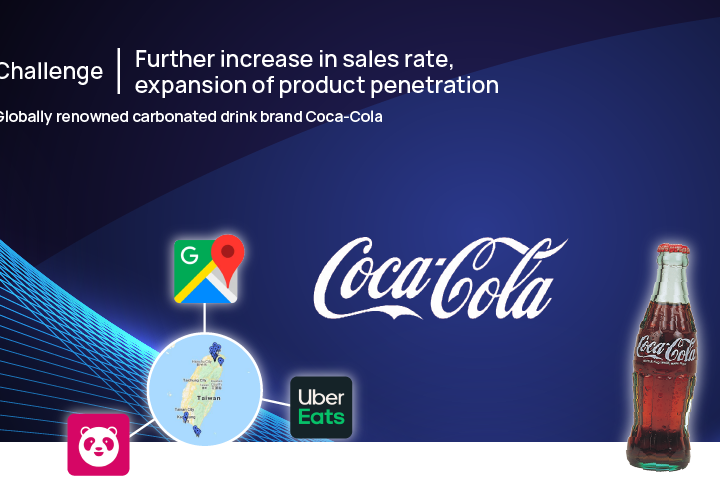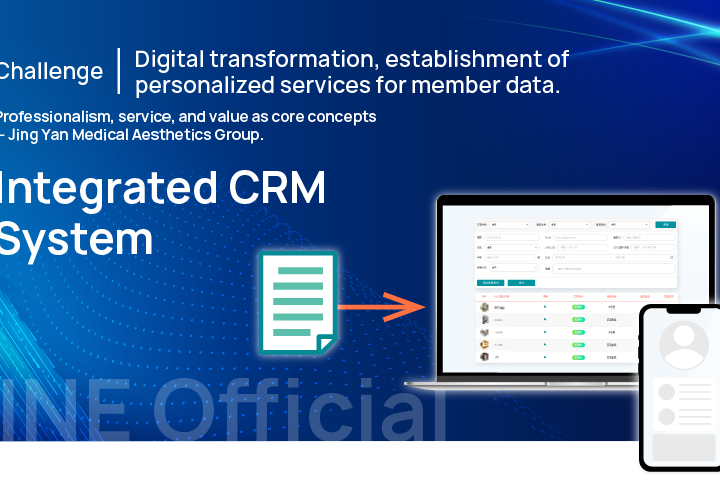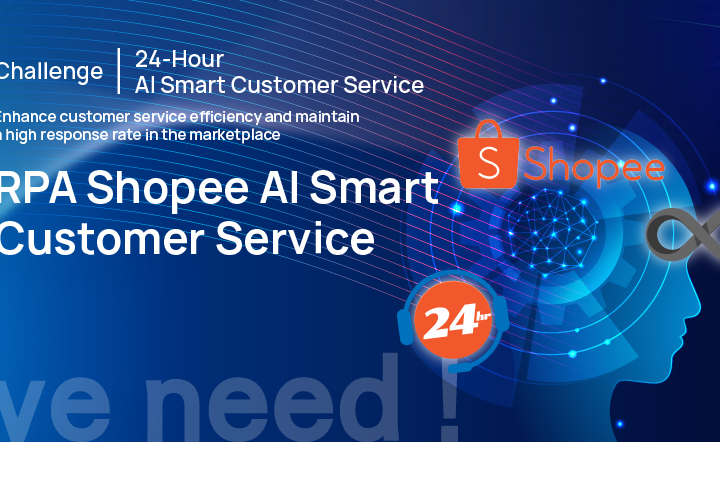【Digital Thinking】Martech Practices – Building User Journey Data on IM Platforms (Part 1)
Martech Practices – Building User Journey Data on IM Platforms (Part 1)
In today’s era of accelerated digital transformation, IM (Instant Messaging) platforms like LINE, WhatsApp, Messenger, and WeChat have become essential channels for brand-consumer communication. Marketing activities on these platforms demand not only innovative strategies but also User Journey data construction to comprehensively track and analyze consumer behavior, thereby enhancing marketing effectiveness. The WW Inno team, with its extensive experience in CHATBOT and CDP startup and technical product teams, has identified potential gaps in the widespread use of hashtags for recording membership data. This article (Part 1) integrates marketing theories and shares four key considerations and practical recommendations for membership data integration.
1. Core Marketing Theory: Consumer Touchpoints
Consumer touchpoints are a foundational concept in marketing strategy design. On IM platforms, every interaction presents an opportunity for brands to influence consumers. Touchpoints represent all stages where consumers engage with a brand during their journey. On IM platforms, these touchpoints generally fall into three categories:
- Message Delivery: Promotional offers, product highlights, or service reminders.
- Interactive Behaviors: Actions like opening messages, clicking buttons, or filling out surveys.
- Follow-Up Actions: Redirecting to a website, participating in events, or completing purchases.
These touchpoints form the User Journey on IM platforms, where each interaction can influence consumer perceptions, interests, and actions. Comprehensive data capture and analysis of these touchpoints is the first step toward optimizing marketing strategies.
2. Consumer Touchpoints Are Not Just Message Clicks or Behavioral Tags
A common misconception in data construction on IM platforms is equating consumer touchpoints with simple message clicks or behavioral tags. This oversimplification overlooks the diversity and deeper value of touchpoints.
Touchpoints vs. Message Clicks
Clicking a message is just one part of a touchpoint. For example, even an unopened message can be a critical touchpoint due to its headline or preview content’s influence.Touchpoints vs. Behavioral Tags
Behavioral tags typically record specific actions (e.g., “clicked buy button”), while touchpoints encompass broader concepts, including pre- and post-action psychological shifts. For example, a message that prompts a consumer to search for a brand later, even without a direct click, remains a vital touchpoint.Holistic vs. Isolated Analysis
The value of touchpoints must be evaluated within the entire User Journey, not through isolated actions. For instance, a message that is not opened but indirectly leads to a conversion through another channel (e.g., a social media ad) still holds significant marketing value.
Thus, businesses need to adopt a holistic perspective, recording and analyzing touchpoints comprehensively on IM platforms, rather than focusing narrowly on individual actions.
3. Evaluating the Weight of Each Touchpoint for Marketing Goals
Although numerous touchpoints exist on IM platforms, their contributions to marketing goals vary. Weighted evaluation is crucial in data construction. Consider the following factors:
Conversion Potential
Some touchpoints (e.g., shopping cart reminders) typically have higher conversion potential and should be weighted more heavily than brand-awareness messages.Action Triggerability
The ability of a message to prompt the next action (e.g., click or purchase) is a key value metric. For example, button-based messages (CTA) are generally more action-oriented than plain text.Timing Relevance
The effectiveness of a message depends on its alignment with consumer needs. For instance, promotional messages sent during a shopping season may carry more weight than off-season campaigns.Cumulative Influence
Some touchpoints may not show immediate results but can gradually build brand awareness and trust, such as regular customer care messages.
Using these criteria, businesses can analyze and weight touchpoints, focusing resources on high-performing marketing activities.
4. Best Practices: Comprehensive Tracking, Weighted Analysis, and Segmentation
For User Journey data construction on IM platforms, the best practices include comprehensive tracking, weighted analysis, and audience segmentation rules. Here are the recommendations:
Comprehensive Tracking
- Open Rate: Tracks message opens to reflect the appeal of the title and preview.
- Click Rate: Tracks clicks on links or buttons to evaluate content effectiveness.
- Follow-Up Actions: Monitors post-click behaviors (e.g., website visits, purchases) for complete data mapping.
Weighted Analysis
- Assign weights to behaviors based on their impact on marketing goals. For example, purchases carry more weight than clicks, and clicks more than opens.
- Dynamically adjust weights according to campaign objectives, such as brand awareness or sales growth.
Segmentation Rules
- Group audiences based on behavioral data, such as open frequency, click preferences, or purchase history, into high-potential, loyal, or at-risk customers.
- Design personalized messages for each segment, such as exclusive offers for high-potential customers or emotional engagement for loyal customers.
Data Integration and Automation
- Combine IM platform data with other channels using CRM or DMP systems to create comprehensive user profiles.
- Leverage AI tools for data analysis and automated message delivery, enabling precision marketing.
Conclusion
Building User Journey data on IM platforms is crucial for brands to gain a competitive edge in the ever-changing market. By understanding consumer touchpoints, moving beyond traditional behavioral tags, accurately assessing touchpoint weight, and implementing comprehensive tracking and segmentation strategies, businesses can develop precise and effective marketing systems that enhance both customer experience and brand value.
WW Inno’s WLS LINE Management System integrates the latest GA4 event structure with a built-in event tracking mechanism. It automatically records behavioral events by category, medium, and target content, even without manual tagging. This feature aids CDP and CRM systems in capturing complete user journeys, enabling precise conversion weight analysis and providing optimal data for constructing strategic pathways. Additionally, it supports marketers by allowing reverse tagging based on event records, avoiding issues such as forgotten tags before campaigns or overly complex tags that hinder management.
For more information about WW Inno’s LINE Solution WLS, click here.






